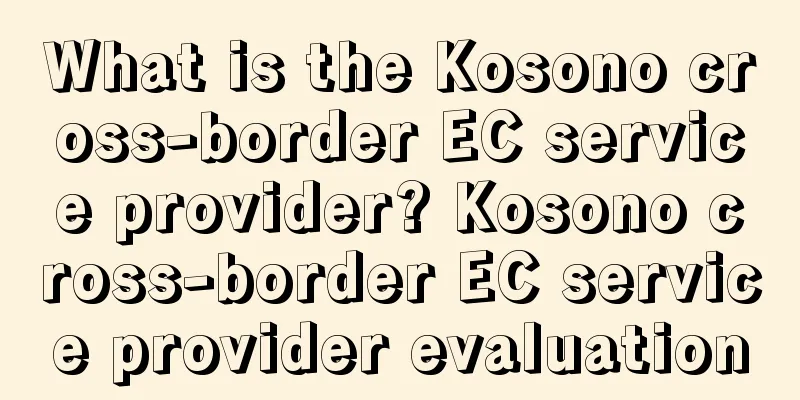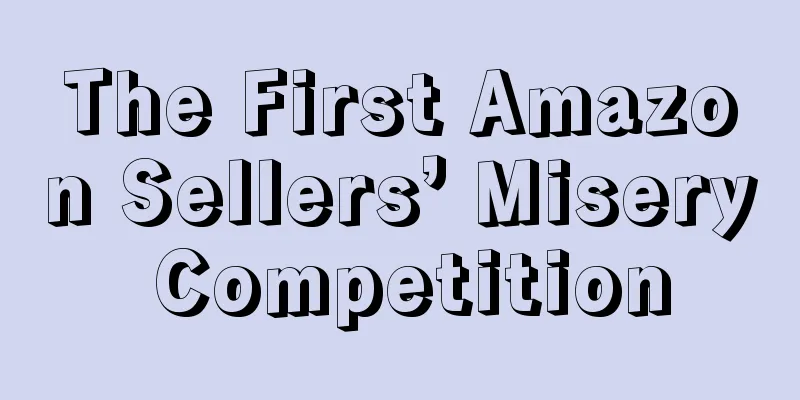What is WIPO? WIPO Review

|
The World Intellectual Property Organization (WIPO) is one of the 15 specialized agencies of the United Nations. It is an international organization dedicated to promoting the use and protection of human intellectual works. Founded in 1967 Headquarters: Geneva, Switzerland Type: United Nations specialized agency Website: www.wipo.int Full name: World Intellectual Property Organization Headquartered in Geneva, Switzerland, it manages 24 treaties covering various aspects of intellectual property protection (16 on industrial property, 7 on copyright, plus the Convention Establishing the World Intellectual Property Organization). As of January 2021, there are 193 member states. Brief History WIPO's roots date back to 1883. In 1883, the Paris Convention for the Protection of Industrial Property was born. This was the first major treaty aimed at protecting the intellectual creations of a country's citizens in other countries. These intellectual creations take the form of industrial property rights, namely: inventions (patents), trademarks, industrial designs. The Paris Convention came into force in 1884, when there were 14 member states, and an International Bureau was established to perform administrative tasks, such as holding member state meetings. Copyright entered the international arena in 1886 with the signing of the Berne Convention for the Protection of Literary and Artistic Works. The purpose of the convention is to protect the rights of nationals of its member states internationally to control and receive remuneration for the use of their creative works. Protected works include: novels, short stories, poems, plays; songs, operas, musical works, sonatas; paintings, drawings, paintings, sculptures, and works of architecture. Like the Paris Convention, the Berne Convention also established an International Bureau to perform administrative tasks. In 1893, the two small international bureaux merged to form an international organization called the United International Bureaux for the Protection of Intellectual Property (often referred to by its French abbreviation BIRPI). This small organization, based in Berne, Switzerland, had only seven staff members at the time and was the predecessor of today's World Intellectual Property Organization. As intellectual property became more important, the structure and format of the organization changed. In 1960, BIRPI moved from Bern to Geneva to be closer to the United Nations and other international organizations in that city. In 1970, the Convention Creating the World Intellectual Property Organization entered into force; after institutional and administrative reforms and the creation of a Secretariat accountable to the member states, BIRPI became the World Intellectual Property Organization. In 1974, the World Intellectual Property Organization became a specialized agency of the United Nations system, tasked with managing intellectual property matters, a mission recognized by UN member states. In 1978, the WIPO Secretariat moved into the United Nations headquarters building. In 1994, the WIPO Arbitration and Mediation Center was established to provide alternative dispute resolution services to assist in resolving international commercial disputes between private parties. In 1996, WIPO signed a cooperation agreement with the World Trade Organization (WTO), thereby expanding its role in global trade management and further demonstrating the importance of intellectual property rights. The WIPO Academy was established in 1998 to offer comprehensive and specialized courses on intellectual property. The Academy adopts an interdisciplinary approach in its course offerings, targeting a broad audience of intellectual property practitioners. On July 23, 2009, the World Intellectual Property Organization headquarters launched the "Access to Research for Development and Innovation" (aRDi) project, which provides free online access to specific scientific and technological journals to government intellectual property departments, universities and research institutions in less developed countries, while developing countries can use these journals at low prices. In November 2013, the World Intellectual Property Organization launched a new database to share green technologies. Task
References
|
<<: What is Amazon Global Payments? Amazon Global Payments Review
>>: What is Yimaibao? Yimaibao Review
Recommend
What is a product quality inspection report? Product quality inspection report evaluation
Domestic e-commerce platforms require that store p...
What is Netshoes? Netshoes Review
Netshoes is a Brazilian company that sells sportin...
Amazon workers return to work en masse! The platform's last measure to reduce costs
Today is the first day that everyone returns to wo...
How to file a complaint against Amazon for image infringement?
Amazon requires that product images must be clean,...
What is Cross-border Cloud Manager? Cross-border Cloud Manager Review
Cross-border Cloud Manager is a permanent free mul...
What should I do if Amazon gets a one-star bad review during the new product launch period?
If the most annoying thing for Amazon employees i...
The internal channel of the service provider was pulled up! Amazon employees face 10 months in prison
Amazon sued internal employees for collaborating ...
Lay off all employees, another cross-border giant officially announces closure
In recent years, foreign trade factories have fac...
Generous! Free shipping from Amazon FBA! Fully open the backend video function!
In order to encourage sellers to develop the habit...
Video verification breaks out again! Video appointment time is extended, will cheaters be caught?
In recent days, in the cross-border e-commerce cir...
Walmart poaches PayPal's CFO to further capture e-commerce market
According to the latest news from Walmart, PayPal ...
A Complete Guide to Influencer Marketing for Amazon Sellers
Influencer marketing has become a $1.7 billion ind...
Four consumer trends you should pay attention to
In recent years, more and more sellers have been e...
What is DPD? DPD Review
DPD ( DPD Express Co., Ltd. ) is a world-renowned ...
What is TradeManager? TradeManager Review
TradeManager is the international version of Aliwa...









